
According to Minister Nguyen Chi Dung, the Northern Midlands and Mountains region is a particularly important strategic area in terms of socio -economics, national defense, security and foreign affairs of the whole country.
The region is considered the “fence” and “lung” of the Fatherland, playing a decisive role in water security and ecological environment, protecting biodiversity and headwater forests of the entire Northern region. At the same time, this is also a safe zone, the “cradle” of the Vietnamese revolution, a region with great potential and advantages for rapid and sustainable development, diverse and rich natural resources; and many unique cultural heritages, especially of ethnic backgrounds.
In the recent period, the economic growth rate of the whole region has been quite high compared to the whole country, exceeding the set target. specific: In the period 2010 - 2020, the average growth rate of the region reached 8.42%/year (compared to the growth rate of 6.21%/year of the whole country), in the period 2021 - 2023, the growth rate reached 7.65%/year (compared to the growth rate of 5.19% of the whole country). GRDP per capita has also increased significantly, reaching 64.8 million VND/person in 2023, an increase compared to 52.8 million VND/person in 2020.
However, the regional economic scale is still modest, no locality in the region has been able to balance its budget, regional development in many areas is still lower than the national average, the multidimensional poverty rate of the region in 2022 is 22%, nearly 3 times higher than the national average.
On May 4, 2024, Prime Minister Pham Minh Chinh signed and issued Decision No. 369/QD-TTg approving the Planning of the Northern Midlands and Mountainous Region for the 2021-2030 period, with a vision to 2050.
"This Regional Planning is of great significance, with new thinking, new vision, and a breakthrough towards proactive creation for development; focusing on identifying and solving major issues of inter-sectoral, inter-regional, and inter-provincial nature; boldly restructuring the economy, reorganizing regional development space, and effectively exploiting and promoting all resources for rapid and sustainable regional development," said Minister Nguyen Chi Dung.
Emphasizing the eight words: "Identity - ecology - connection - happiness", Minister Nguyen Chi Dung analyzed more clearly the content of the Northern Midlands and Mountainous Region Planning for the period 2021 - 2030, with a vision to 2050.
In terms of identity, the Northern Midlands and Mountains region is home to many ethnic groups with unique and diverse cultural identities, being the "majority" ethnic group instead of the common concept of ethnic ethnicity; many historical and cultural relics have the potential to bring economic benefits to local people, creating new momentum for regional development.
Regional planning focuses on preserving communities and promoting the identity and cultural values of ethnic groups towards building an urban system, improving the quality of human resources, especially emphasizing the retention of human resources, developing tourism and agriculture based on the identity values of indigenous and special ecosystems.
Regarding linkage, this is an inevitable trend, a driving force for connecting and leading the development of localities in the region. Regional linkage aims to maximize the potential and advantages of each locality, advantages due to the scale of the whole region such as advantages in forestry economy, helping to solve common development problems of the region, especially in environmental protection, prevention of natural disasters, storms, floods and adaptation to climate change, narrowing the development gap between localities in the region, between regions and regions in the whole country.
The content of regional connectivity in the Regional Planning focuses on developing regional connectivity infrastructure; Enhancing the role of localities in the Regional Coordination Council, ensuring regional connectivity comes from the practical needs of localities; developing human resources, enhancing coordination and connectivity in human resource development training; sharing and connectivity in science and technology development aimed at solving technological problems arising in regional development; forming and enhancing connectivity of networks of high-tech application centers, etc.
Minister Nguyen Chi Dung said that economic development must go hand in hand with progress and social justice. This master plan has set out orientations to solve the tasks of hunger eradication and poverty reduction, maintaining border security, improving the quality of basic social services, especially health care and education and training; thereby improving people's satisfaction with life, including factors of health, spirit, education, environment, management quality and people's living standards.
"The master plan takes people's happiness as a measure of the success of development orientation," the Minister shared.
To implement effective planning
Also within the framework of the Conference, the Ministry of Planning and Investment made a number of proposals for ministries, branches and localities to focus on implementing the Planning.
Firstly, it is necessary to disseminate the Regional Planning widely, publicly and transparently to people and businesses of all economic sectors at home and abroad in order to attract the participation of relevant parties in the most effective way.
Second, it is necessary to have the participation of the entire political system, strengthen coordination between ministries, branches and localities; break down local thinking, first of all in the implementation of regional projects and programs.
Third, it is necessary to innovate thinking, promote dynamism and creativity in the direction and administration of each ministry, sector and locality, gradually transform the growth model, restructure the regional economy towards a green economy and a circular economy; develop strongly the processing, manufacturing and energy industries; high-value agriculture, applying modern and organic technology; border gate economy, tourism, forest economy associated with forest protection and development.
Fourth, focus resources on implementing the four key, breakthrough tasks set out in the Plan, prioritizing the development of synchronous, modern, regional, inter-regional and international infrastructure.
Fifth, focus on building and improving the operational efficiency of border economic zones, industrial parks, cross-border free trade zones (currently being piloted), strengthening linkages to form urban chains associated with the development of industrial - urban - service belts, economic corridors and belts, and dynamic development areas.

Lao Cai is identified as one of the six growth poles of the region in the Northern midland and mountainous region.
Source





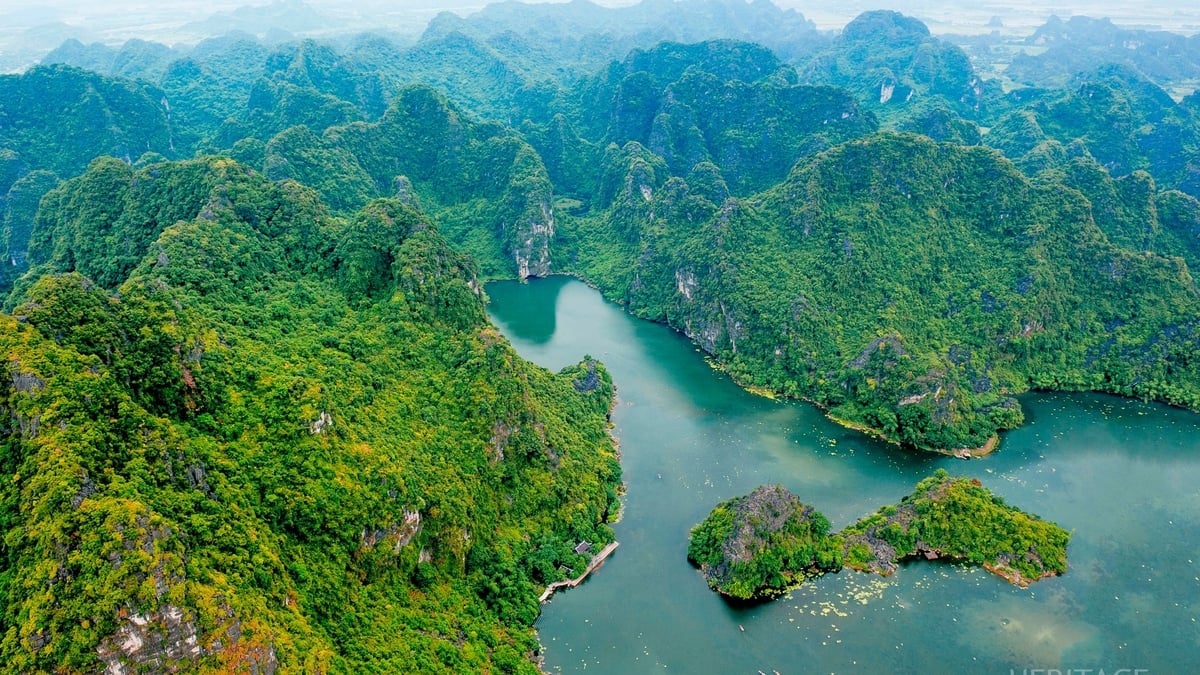


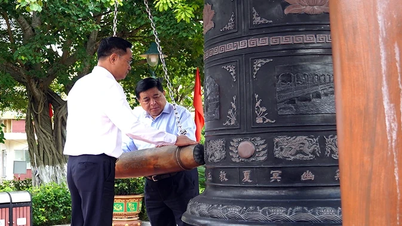

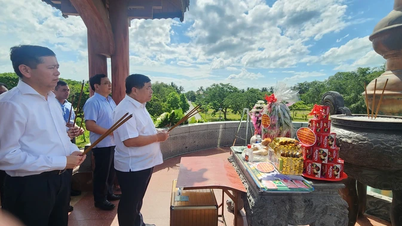
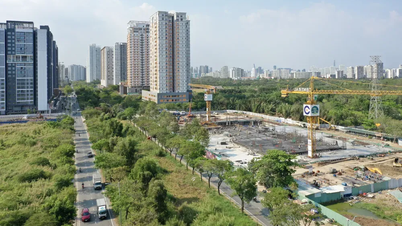

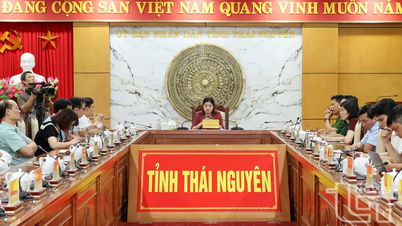


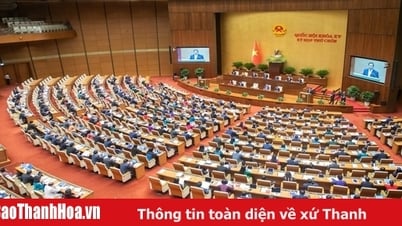


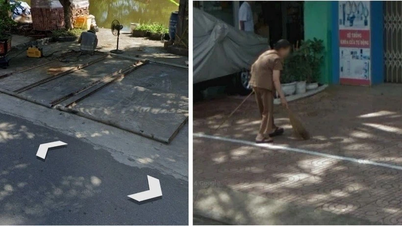
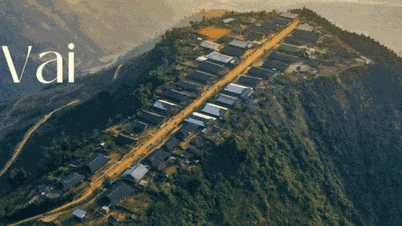
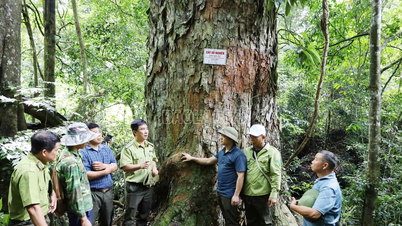
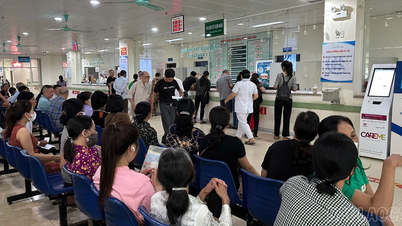
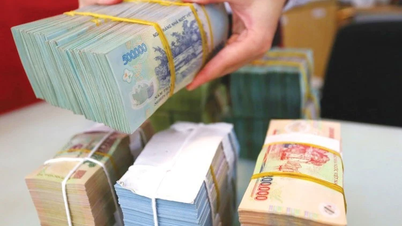






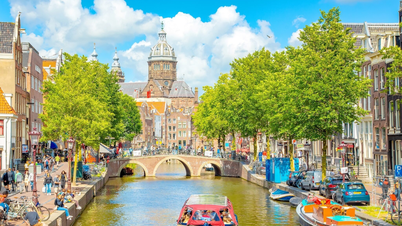
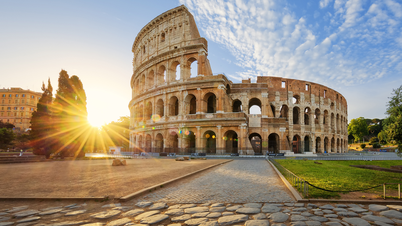
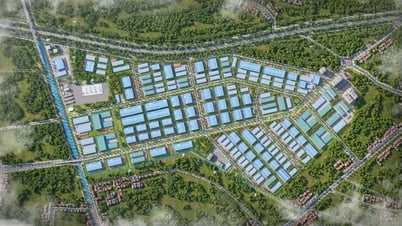
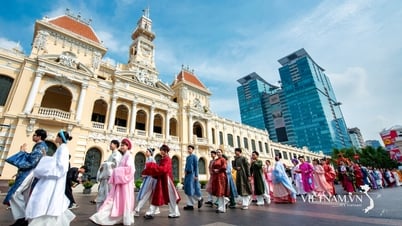
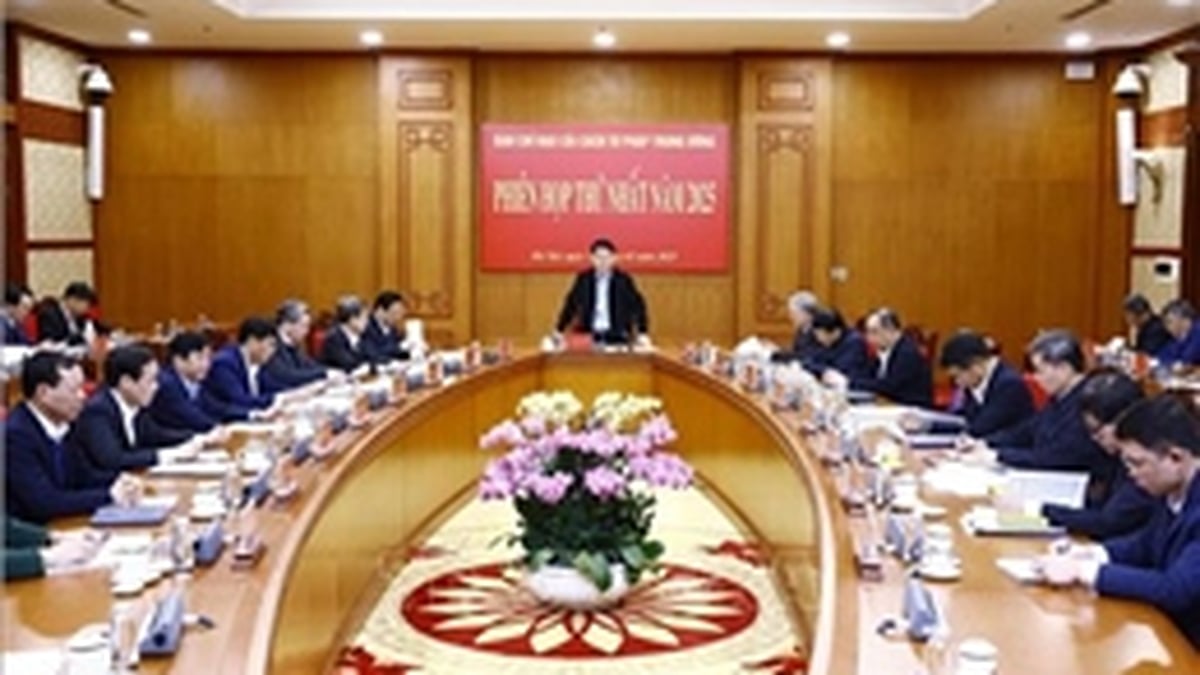
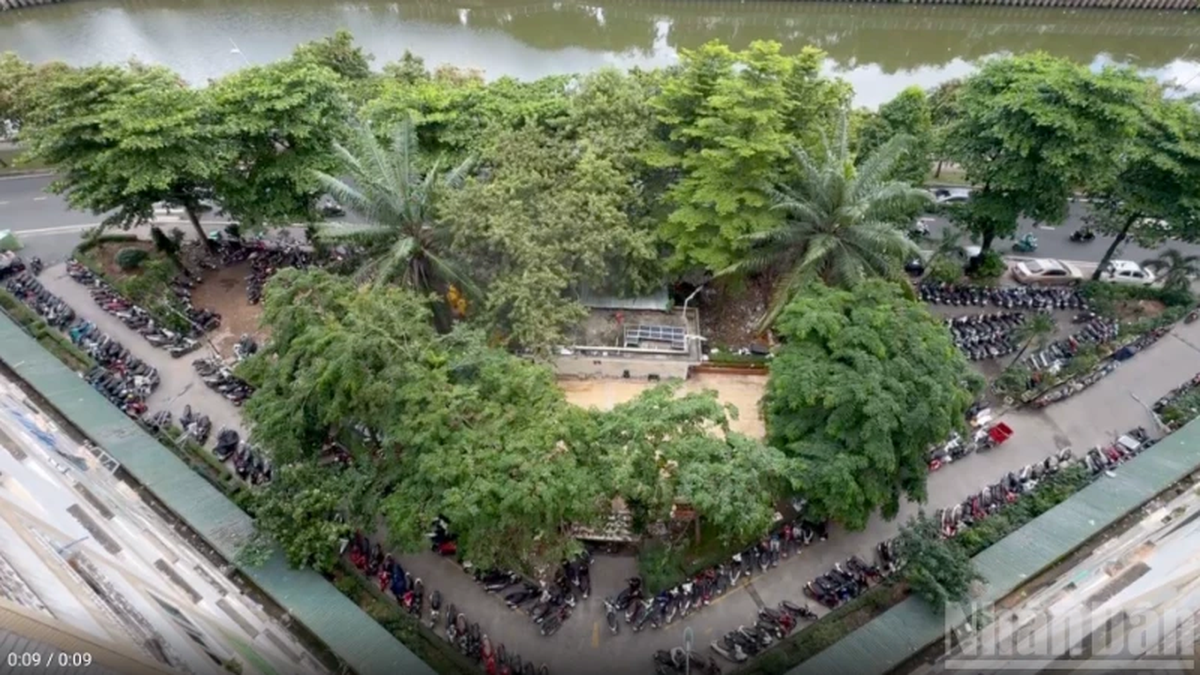
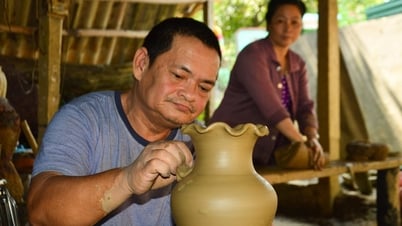

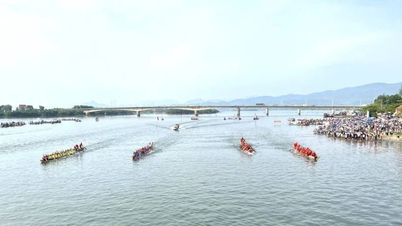


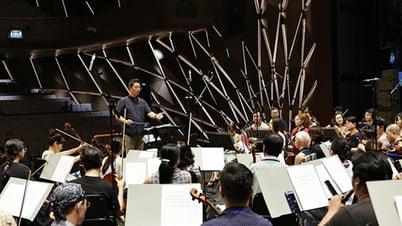

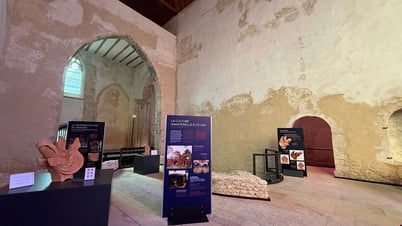





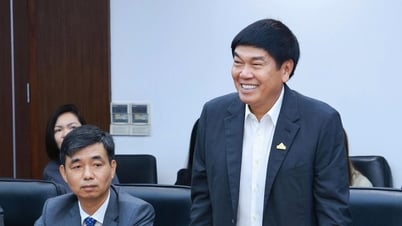












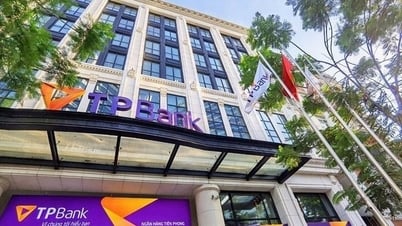
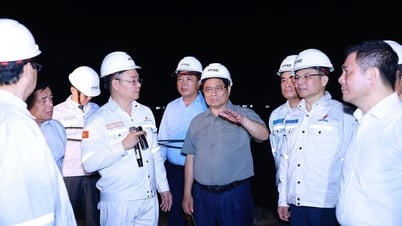
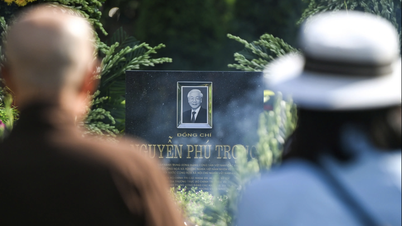






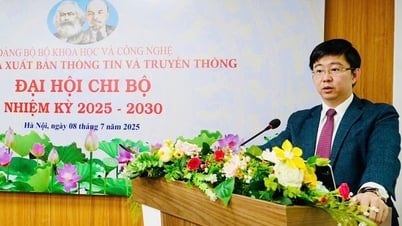

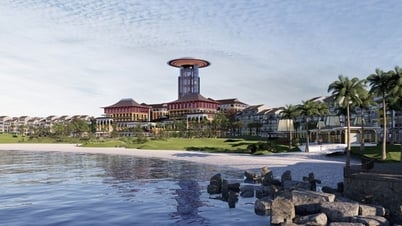

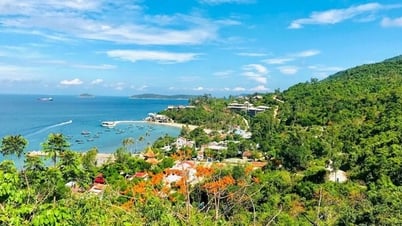
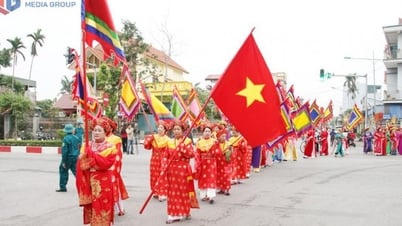
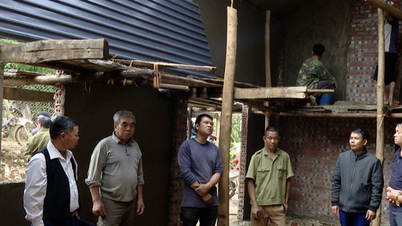

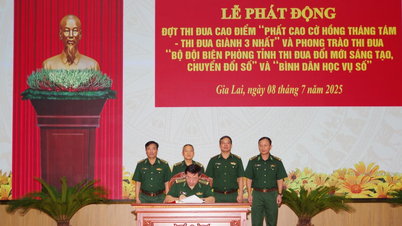





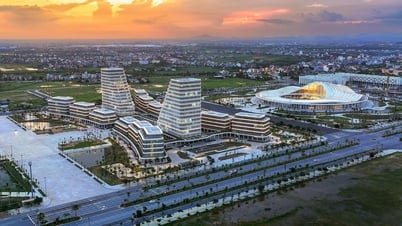



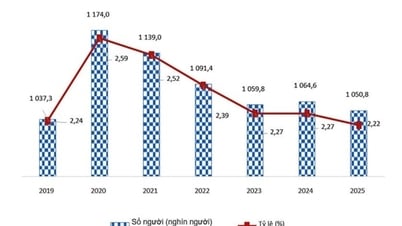









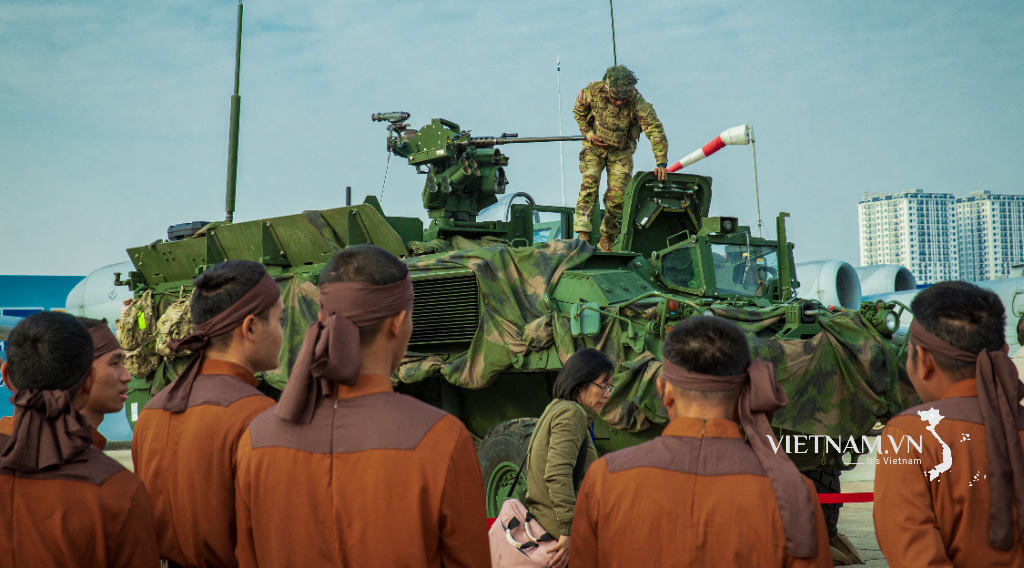
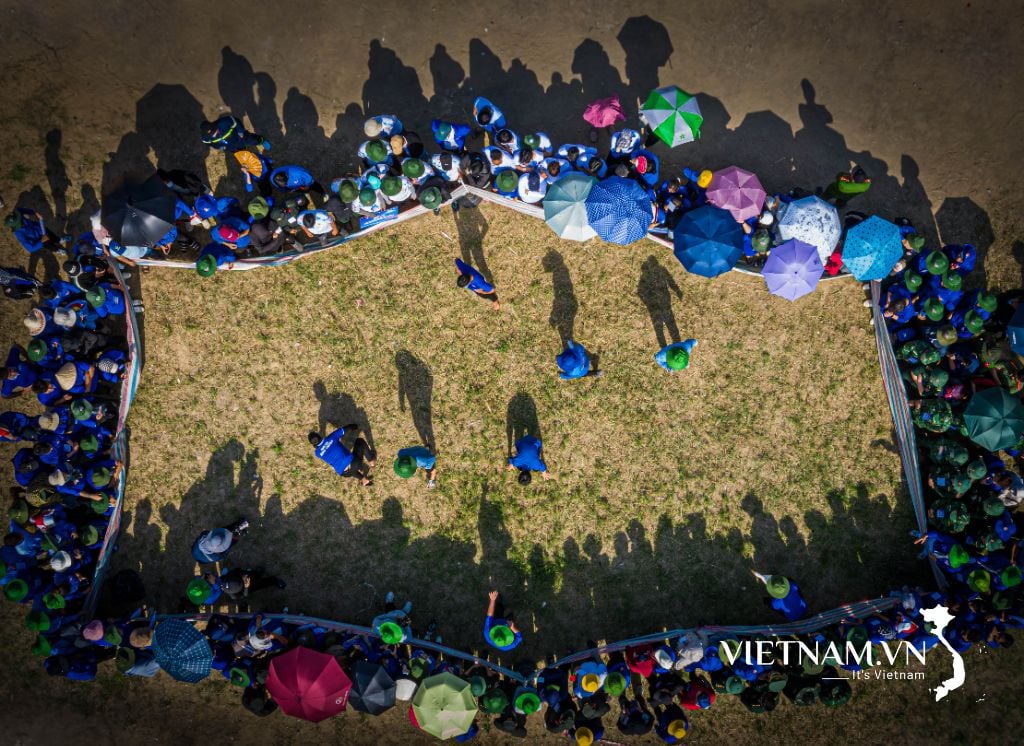

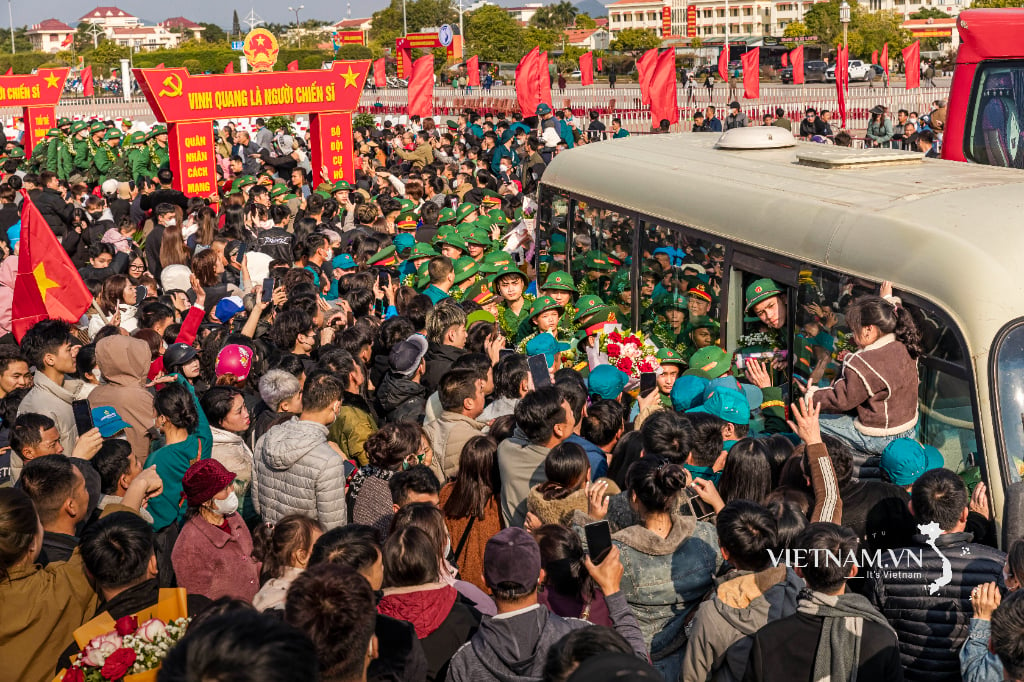
Comment (0)